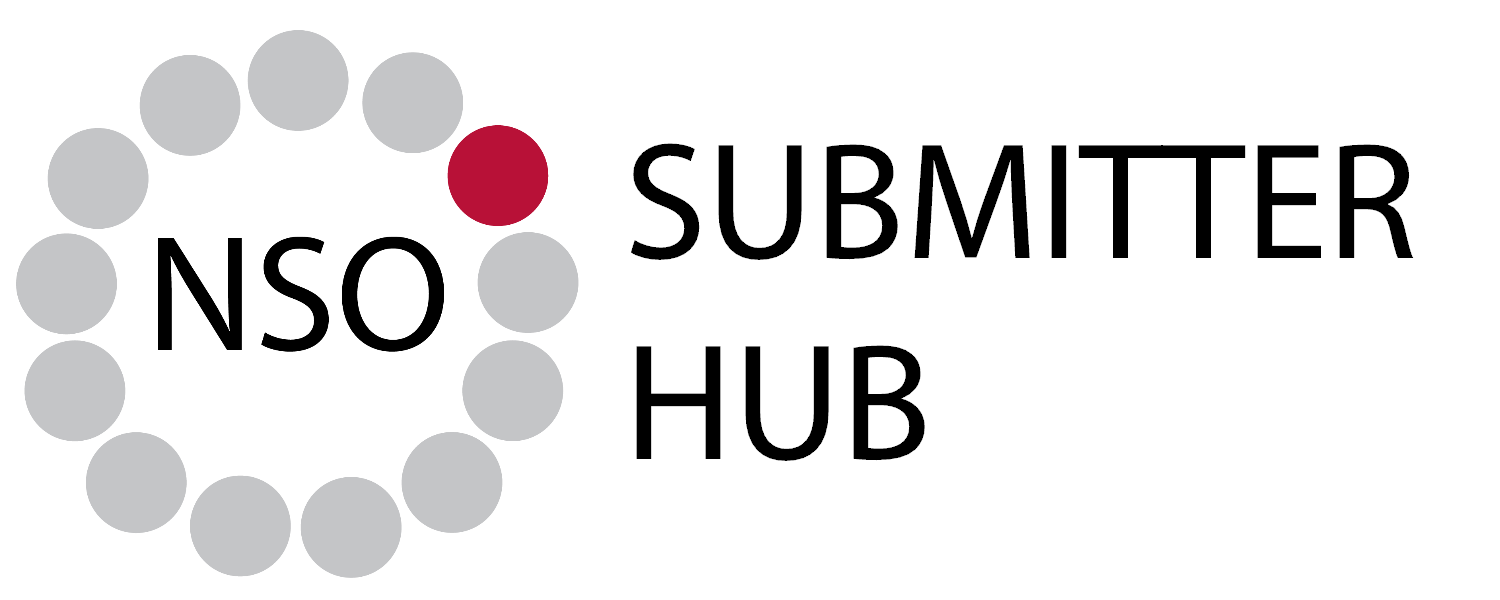Although not the method of choice, specimens can be obtained by applying blood to the newborn screening card, which has been collected in sterile, anticoagulant-free capillary tubes. The capillary tube collection method may also apply to blood collected from other sources and transferred onto filter paper.
The use of anticoagulants should be avoided during the collection of the newborn screening sample. Ethylenediaminetetraacetic acid (EDTA) may cause interference with some laboratory tests.
Since heparin is a known inhibitor of the Polymerase Chain Reaction (PCR) it should be avoided as it may result in test failure in some circumstances.
Collection
- Using a fresh sterile, plain (additive-free) capillary tube for each circle to be filled on the blood spot collection card, collect the appropriate volume of blood (each of the five 11 mm circles requires approximately 75-100 uL) required for the newborn screen.
- Touch the tip of the capillary tube to the blood drop formed at the heel puncture site. Allow blood to flow into the tube by capillary action. Fill rates might be improved by holding the tube in a near horizontal position when touching to the blood drop. Collect enough blood to fill all the circles.
Application
- After filling the capillary tube, immediately apply a blood drop to the center of a single, preprinted circle on the filter paper, completely filling the circle. Waiting too long before application will allow cells and plasma to separate or the blood to clot.
- To avoid damaging the filter paper fibers, do not allow the capillary tube to touch the filter paper. Actions such as “colouring in” the circle, repeated dabbing around the circle, or any technique that might scratch, abrade, compress, or indent the paper should not be used.
Tips
- Do not reuse capillary tubes.
- Apply blood to only one side of the filter paper. Do not apply multiple blood drops to the same circle, since caking or heterogeneous spreading will occur and might adversely affect test results.
- After blood has been collected from the heel of the newborn, the foot should be elevated above the body, and a sterile gauze pad or cotton swab pressed against the puncture site until the bleeding stops.
